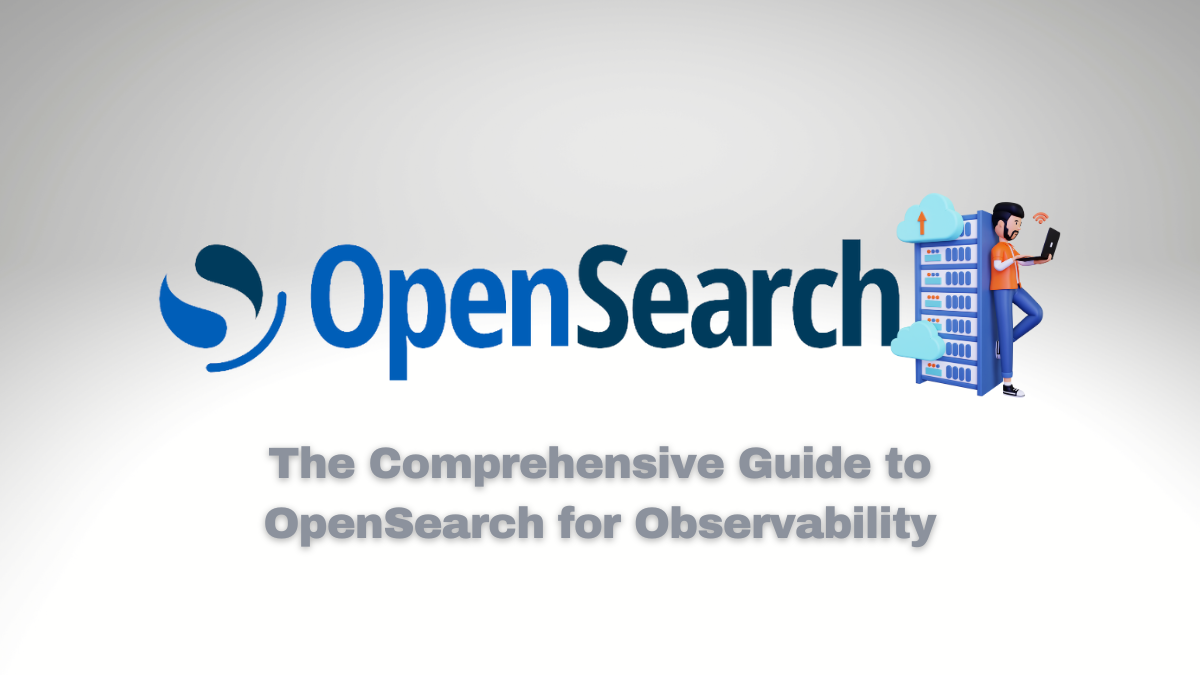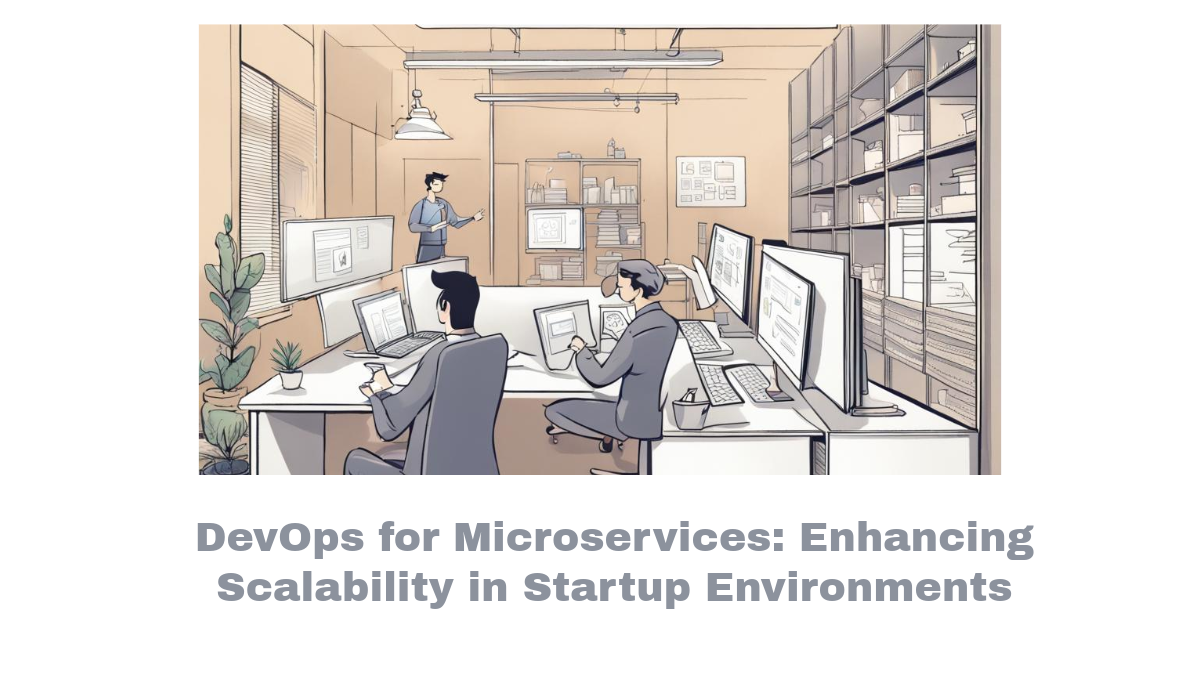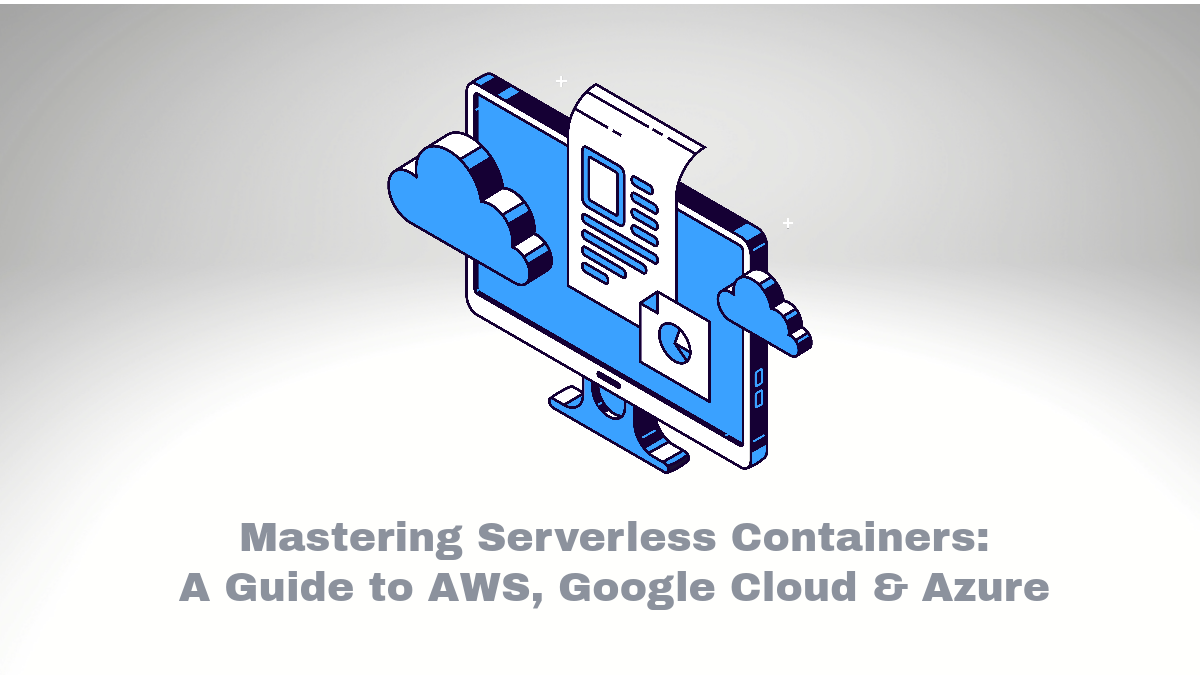The Comprehensive Guide to OpenSearch for Observability

Welcome to the definitive guide to OpenSearch for observability. This comprehensive resource will delve into the world of OpenSearch—a dynamic, open-source, distributed search, log analytics, and data visualization technology gaining significant traction within DevOps organizations.
Table of Contents
– The emergence and growth of OpenSearch
– The fundamental components of OpenSearch
– The main applications
– Differences Between OpenSearch and Elasticsearch
– Is it a good idea to switch to OpenSearch?
– Conclusion
In today’s IT landscape, the importance of comprehensive observability cannot be overstated. The ability to monitor and analyze infrastructure and application performance is essential for ensuring optimal user experiences and maintaining the overall health of critical systems. OpenSearch, an open-source powerhouse, has emerged as a pivotal solution for organizations aiming to elevate their observability practices.
Swift and thorough analysis capabilities are the lifeblood of DevOps organizations. From log data collection and performance metrics to business insights and security monitoring, powerful querying and analytics are integral to observability, especially in modern cloud environments. This guide explores how OpenSearch addresses these crucial needs and why observability is central to the success of organizations, irrespective of their size or orientation.
The emergence and growth of OpenSearch
Elasticsearch was one of the most famous enterprise search and analytics tools for many years. However, a significant shift occurred when Elastic, the organization behind Elasticsearch, introduced licensing changes. This guide examines the impact of these changes and how they led to the birth of OpenSearch—a distributed, community-driven, open-source search and analytics suite.
The fundamental components of OpenSearch
OpenSearch consists of two components: a search engine and data store called OpenSearch and a user interface and visualization tool known as OpenSearch Dashboards. This section provides an in-depth exploration of the critical features that OpenSearch brings to the table. From full-text querying to advanced anomaly detection, you’ll discover how OpenSearch empowers observability.
Open-Source Foundation:
- OpenSearch is built on a solid open-source foundation. It is released under the Apache License, version 2.0 (ALv2), which promotes open collaboration and grants users the freedom to use, modify, extend, monetize, and resell the software without restrictions.
Community-Driven Development:
- A vibrant and diverse community of contributors develops OpenSearch. This community-driven approach ensures continuous innovation, rapid development, and broad support for various use cases.
Apache 2.0 Licensing:
- OpenSearch is licensed under Apache 2.0, a permissive open-source license that encourages wide adoption and contribution. This licensing model fosters an ecosystem of plugins, extensions, and integrations.
Compatibility with Elasticsearch:
- OpenSearch maintains compatibility with all versions of Elasticsearch up to version 7.10. This compatibility ensures a seamless transition for organizations already using Elasticsearch, making it easier to migrate to OpenSearch.
Components of OpenSearch:
- OpenSearch is comprised of two primary components:
- OpenSearch: This data store and search engine provides powerful indexing and searching capabilities. It allows users to efficiently ingest, store, and search vast amounts of data.
- OpenSearch Dashboards: This component offers a visualization and user interface (UI) for data analysis. It enables users to create custom dashboards, visualize data, and gain insights from their datasets.
Plugin Ecosystem:
- OpenSearch supports an extensive ecosystem of plugins that enhance its core functionality. These plugins cover many use cases, including search customization, security enhancements, performance analysis, and machine learning integration.
Robust Search Features:
- OpenSearch provides various search features to customize the search experience, including full-text querying, autocomplete, scroll search for handling large datasets, and customizable scoring and ranking to fine-tune search results.
Application Analytics:
- OpenSearch offers tools for creating custom observability applications. Users can consolidate log events, trace data, and metric information into a single view to monitor system health. This capability allows for quick troubleshooting and issue resolution.
Trace Analytics:
- OpenSearch allows users to ingest and visualize OpenTelemetry data, enabling the tracking of event flows in distributed applications. This feature is vital for identifying and addressing performance issues.
K-NN Search:
- Leveraging machine learning, OpenSearch offers k-NN (k-nearest neighbors) search capabilities. This powerful feature can perform similarity searches across billions of documents, making it suitable for product recommendations, fraud detection, and content search applications.
Alerting System:
- OpenSearch has a robust alerting system enables users to set up, manage, and monitor alerts based on specific conditions. The system can automatically notify stakeholders when issues or anomalies occur, helping organizations maintain system reliability.
Advanced Security Features:
- OpenSearch includes a comprehensive suite of security features like encryption, authentication, authorization, and auditing. It supports integration with authentication providers like Active Directory, LDAP, SAML, Kerberos, and JSON web tokens. Fine-grained role-based access control is available for securing indices, documents, and fields.
Community Projects and Documentation:
- The OpenSearch community actively contributes to various projects and provides extensive documentation to support users. These resources are valuable for developers and organizations looking to maximize the potential of OpenSearch.
The main applications
OpenSearch is incredibly versatile and finds applications in diverse scenarios. Whether you’re searching within applications, monitoring cloud-native environments, or securing your systems, OpenSearch has you covered. This chapter explores real-world use cases, shedding light on how OpenSearch is making a difference.
Differences Between OpenSearch and Elasticsearch
Licensing, vendor lock-in, feature sets, and community support—these are just a few of the aspects where OpenSearch and Elasticsearch diverge. We dissect these differences to help you make an informed choice for your observability needs.
OpenSearch and Elasticsearch are both powerful search and analytics engines, but there are significant differences between them. Here are the key distinctions:
1. Licensing:
– OpenSearch: OpenSearch is fully committed to open-source principles and is released under the Apache License, version 2.0 (ALv2). This license allows users to freely use, modify, extend, and distribute the software without any restrictions.
– Elasticsearch: Elasticsearch, while initially open source, transitioned to non-open source licenses with the introduction of the Server Side Public License (SSPL) and the Elastic License (ELv2). These licenses are more restrictive and have raised concerns about the use of Elasticsearch in specific scenarios.
2. Community and Governance:
– OpenSearch: OpenSearch is developed as a community-driven project with a transparent and open governance model. It encourages contributions from the community and aims to create a level playing field for all users and contributors.
– Elasticsearch: Elasticsearch development is primarily controlled by Elastic NV, the organization behind it. Only Elastic NV employees can commit changes to the Elasticsearch codebase, which can limit community contributions.
3. Access Controls:
– OpenSearch: OpenSearch includes access controls for centralized management as part of its core features, offering fine-grained access control to indices, documents, and fields. These access controls are available for all users.
– Elasticsearch: In Elasticsearch, similar access control features are available but are considered premium features, requiring a paid subscription to access.
4. Security Features:
– OpenSearch: OpenSearch provides a comprehensive set of security features, including encryption, authentication, authorization, and auditing. These features are available for free as part of the open-source package.
– Elasticsearch: Elasticsearch also offers security features, but like access controls, many of them are premium features that come with a cost.
5. Support and Tools:
– OpenSearch: OpenSearch offers phone support and helpful tools through the community, which is available for free. Additionally, OpenSearch is available as a managed service from multiple providers.
– Elasticsearch: Elasticsearch’s support, tools, and managed service offerings are typically part of a paid subscription with Elastic NV.
6. Machine Learning Integration:
– OpenSearch: OpenSearch provides machine learning capabilities through ML Commons Library, which integrates directly with the platform.
– Elasticsearch: Elasticsearch offers machine learning tools, but they are part of its premium features.
7. Availability as a Managed Service:
– OpenSearch: OpenSearch is available as a managed service from various providers, including AWS, Oracle, and Aiven, making it easier for users to offload infrastructure management.
– Elasticsearch: While Elasticsearch can be deployed in various ways, including on-premises and in the cloud, Elastic NV is the primary provider of managed Elasticsearch services.
In summary, OpenSearch and Elasticsearch share similar core functionalities, but OpenSearch distinguishes itself by remaining fully open source, providing broader access to key features, and fostering a more inclusive and community-driven ecosystem. The choice between the two often depends on factors like licensing preferences, budget considerations, and the level of support and additional features required for specific use cases.
Is it a good idea to switch to OpenSearch?
Migrating from Elasticsearch to OpenSearch offers numerous benefits, including freedom, innovation, and potential cost savings. This section guides you through the process, providing insights into when and how to make the transition.
Conclusion
Summarizing the significance of OpenSearch in the observability landscape, we explore the future of open-source observability and the vital role that OpenSearch plays in shaping it.
FAQ
For answers to common questions about OpenSearch and its implications for observability, please refer to the FAQ section at the end of this guide.
Question 1.
Q.: What is OpenSearch, and why is it gaining popularity among DevOps organizations? **A.: OpenSearch is an open-source, distributed search, log analytics, and data visualization technology that has been rapidly gaining traction among DevOps organizations. It provides essential features for robust observability in complex IT environments.**
A.: OpenSearch is an open-source, distributed search, log analytics, and data visualization technology that is gaining popularity among DevOps organizations due to its comprehensive observability capabilities. It offers crucial tools for monitoring and managing IT infrastructure and applications effectively.
Question 2.
Q.: What led to the development of OpenSearch, and how does it differ from Elasticsearch? A.: OpenSearch was developed in response to Elasticsearch’s transition to non-open source licenses. Elasticsearch, which had been widely used, introduced licensing changes, prompting the need for an open-source alternative. OpenSearch retains open-source principles, making it an attractive choice for those concerned about the evolving Elasticsearch licensing.
A.: OpenSearch was created as an open-source alternative to Elasticsearch when Elasticsearch changed its licensing to non-open source. OpenSearch adheres to open-source principles, making it an appealing option for those seeking open, community-driven search and analytics tools.
Question 3.
Q.: What are the primary features of OpenSearch that make it suitable for observability? A.: OpenSearch offers a range of crucial features for observability, including full-text querying, application analytics, SQL query capabilities, asynchronous search, Piped Processing Language (PPL), Data Prepper for data collection, machine learning libraries, dashboards, and more. These features empower users to gather, analyze, and visualize data effectively.
Question 4.
Q.: In what use cases can OpenSearch be applied effectively for observability? **A.: OpenSearch is versatile and can be applied in various observability use cases, such as application search, log analytics, end-to-end monitoring of Kubernetes, cloud-native SIEM solutions, business analytics, and observability for cloud infrastructure and applications. It excels in data collection, anomaly detection, root-cause analysis, and remediation.**
Question 5.
Q.: What are the critical differences between OpenSearch and Elasticsearch? A.: One of the most significant differences is that OpenSearch remains open source, while Elasticsearch introduced non-open source licenses. OpenSearch also emphasizes vendor neutrality, active community contributions, access controls for centralized management (a premium feature in Elasticsearch), and a full suite of security features available for free, unlike Elasticsearch.
Question 6.
Q.: Can you elaborate on the benefits of migrating to OpenSearch from Elasticsearch? A.: Migrating to OpenSearch offers several advantages, including the freedom and flexibility of open-source software, avoidance of vendor lock-in, lower costs, enhanced security, transparency, faster time to market, and access to an expanding community of users. OpenSearch also provides features that are premium in Elasticsearch.




Comments